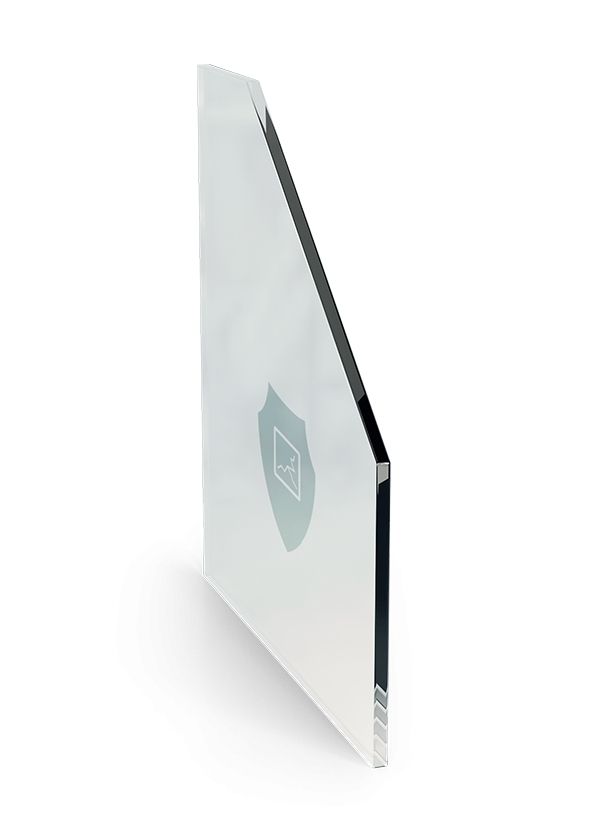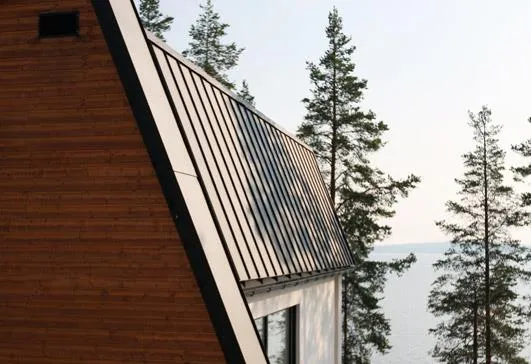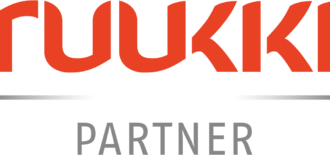Description
Safety window panes are typically used in areas of the home where windows are more likely to be broken or people are likely to fall into them. They are laminated and/or tempered glass which increases both your safety and the safety of your home as it is resistant to puncture or breakage.
Such panes are installed on the outside of the glazing unit. When they are crashed, they don’t smash into small pieces, so they also protect against injury. Safety panes are marked with the symbols O1, O2 (they only protect against injury) and P1, P2 (they are more durable and more difficult to break in). Safety glass, depending on the selected thickness, is characterised by a diverse class according to EN 12600 norm. The price is calculated per m2 of a pane.
Types of safety glass:
VSG glass – laminated safety glass which effectively reduces the risk of burglary or theft. If it breaks, the pieces of the glass stay attached to the film, helping to avoid injuries to nearby people. PVB (polyvinyl-butyral foil) makes it difficult to break through the glass, too.
ESG glass – tempered safety glass which is characterised by increased resistance to crushing or breakage. However, if it breaks, it falls apart into small pieces with blunt edges, which minimises the risk of injury.
IMPORTANT NOTE: Tempered glass exhibits surface waves that are visible in the reflection, although the glass is flat and there are no distortions to the touch. These waves are created when the glass units come in contact with the rollers during the heating process. This is a natural phenomenon and included in the European standards. This effect is sometimes less and sometimes more visible, depending on what we see in the reflection. For example, if there are a lot of small elements, the effect is more visible, if the image is more or less uniform (e.g. the sky), these visual distortions will not be exhibited.






